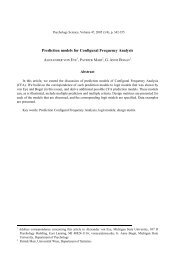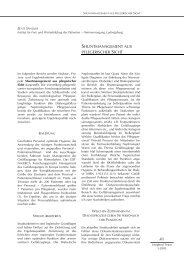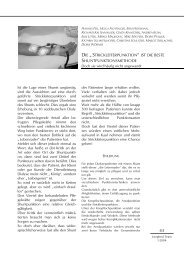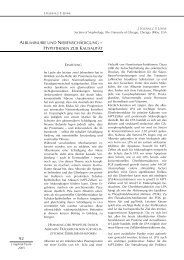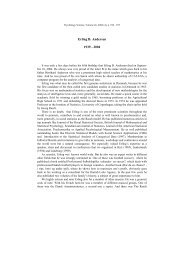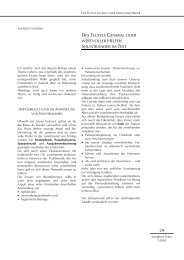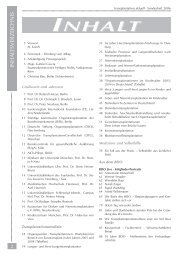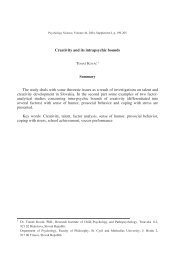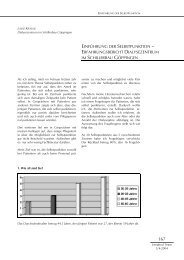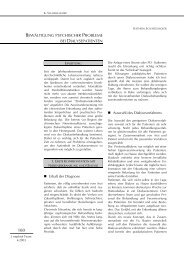Identifying rater effects using latent trait models Abstract
Identifying rater effects using latent trait models Abstract
Identifying rater effects using latent trait models Abstract
Create successful ePaper yourself
Turn your PDF publications into a flip-book with our unique Google optimized e-Paper software.
Rater <strong>effects</strong> 41<br />
the standard deviation of the residuals will likely be large because the largest absolute residuals<br />
are located at the most dense location of the distribution of expected ratings. In addition,<br />
because of this density pattern, r residual,expected<br />
will approach 1.00.<br />
2<br />
Residual<br />
0<br />
-2<br />
-4<br />
0 1 2 3 4 5 6 7 8 9<br />
Expected<br />
Figure 3:<br />
Rater Extremism Residual Patterns<br />
A Statistical Summary<br />
In the previous discussion, several types of <strong>rater</strong> <strong>effects</strong> were described according to the<br />
behavior of the residuals that arise when those <strong>rater</strong> <strong>effects</strong> occur. Table 1 summarizes those<br />
characteristics. Specifically, we expect accurate <strong>rater</strong>s to produce residuals that have a standard<br />
deviation close to zero with no correlation between the magnitude of the residual and<br />
the expected rating. Inaccurate <strong>rater</strong>s are expected to produce residuals that also exhibit no<br />
correlation with the expected ratings, but the standard deviation of the residuals will be large.<br />
Lenient and harsh <strong>rater</strong>s will produce residuals that are tightly clustered (i.e., the standard<br />
deviation will be close to zero), and the residuals will not be correlated with the expected<br />
ratings. As explained in the next section, a parameter of the <strong>latent</strong> <strong>trait</strong> model will be useful<br />
for differentiating these two <strong>effects</strong> from the accuracy effect. Central <strong>rater</strong>s will produce<br />
residuals with standard deviations near zero. However, unlike accurate <strong>rater</strong>s, central <strong>rater</strong>s<br />
will produce residuals that are negatively correlated with expected scores. Similarly, extreme<br />
<strong>rater</strong>s will produce residuals with large standard deviations, and the residuals will be positively<br />
correlated with expected scores.



